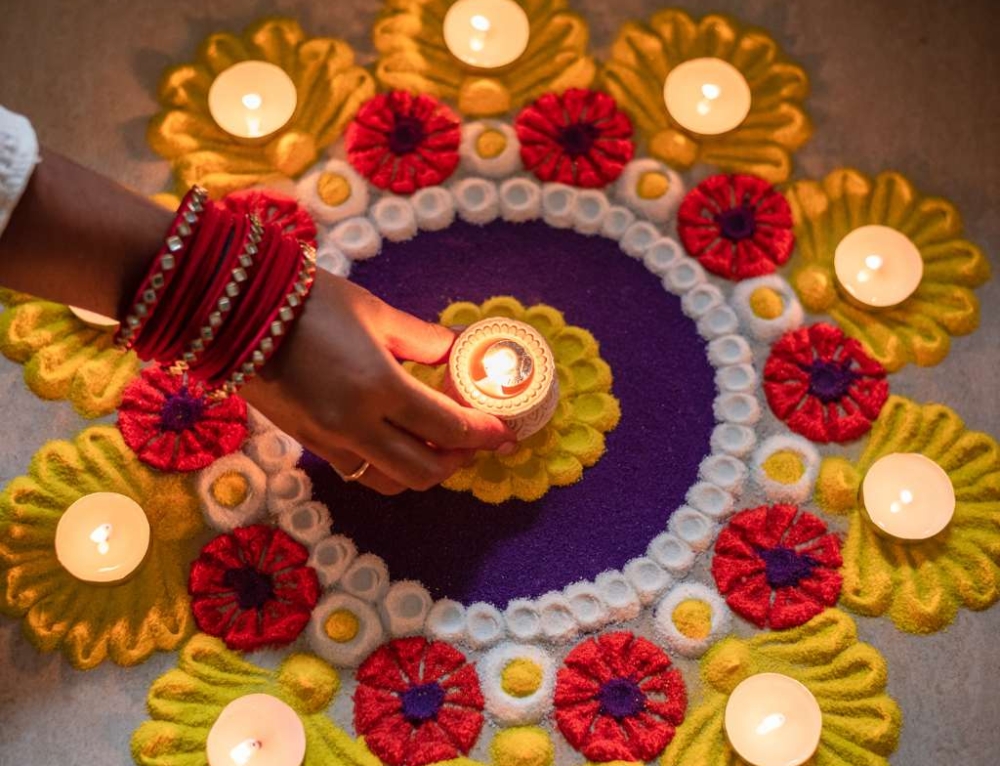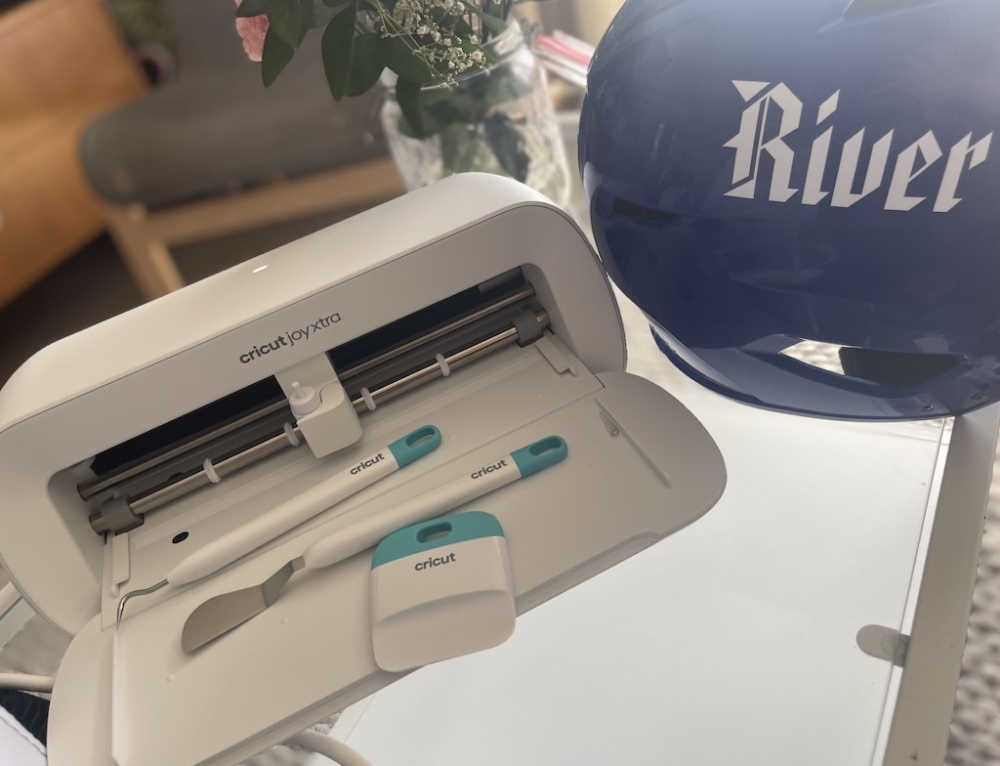How to put on a show at home
What you need:
Number of players:
Activity:
As much as we all love spending quality time with our kids, summer holidays are a long haul for parents. And everything is so darn expensive. So how do you get through the summer holidays without going mental? Or having your wallet hoovered clean at zoos and aquariums?
With a little bit of preparation and a dollop of imagination, you can create fun activities for children without leaving home and without spending a cent.
How? Five words. One legendary Judy Garland catch-cry: 'Let's put on a show!'
How to put on a show at home
Drama has enormous learning benefits for children and their development. Putting on a show and engaging in dramatic play will:
- build your child's ability to interact and cooperate with others
- exercise her imagination which has an enormous knock-on effect for emotional development
- build your child's confidence
- improve your child's oral communication skills
Also, if you make your own props and costumes, you've got at least half a day of art and craft covered as well. The whole exercise could even fill up two days if you play your cards right!
Here are some ideas and tips for how to help your children put on a play at home.
First, decide on your story
Before you do anything, you need to decide what the story of your show will be. You could:
Use your favourite picture book
The simplest way to help your kids put on a play is to use a well-known narrative as your story. Once you're chosen the story, if you have the picture book handy, you can nominate one person (the best reader) as the Narrator and then assign all the other characters to children who are keen to act.
The Narrator then reads the story as the other characters act it out. You can assign lines as they occur in the picture book. Or you can simply have the 'actors' mime the action while the Narrator does all the voices.
Use your favourite song or nursery rhyme
Again, assign someone as Narrator and get them to read aloud the nursery rhyme or song. Alternatively if you have a recording of your favourite song or nursery rhyme, for example, Old MacDonald Had a Farm you could use the recording and organise the actors accordingly. Each child could be a different animal. They could make the animal sound as their 'line' in the play.
Write your own simple story
If you are feeling super-creative and brave about juggling egos and ideas, go ahead and write your own story. The key to success will be to keep it simple. Three to five characters is optimum and one setting is ideal. The basic three-act framework for a classic story is:
- The set-up (e.g. Goldilocks explores the house of the three bears while they're out)
- The complication (Goldilocks falls asleep in Baby Bear's bed)
- The resolution (The bears come home, Goldilocks wakes up and runs away)
Good luck! And if you can't get your kids to follow the classic story arc, who cares? Just let them create their own meandering narrative.
Set your stage
Once you have your story decided on, choose a setting to create your stage. The best ideas are:
- An archway or double doorway between two adjoined living spaces – rig up some sheets on a cord for curtains in the archway. One room is the stage, the other room can be the audience.
- A balcony or deck outside, with the audience down in the garden.
- Any section of a room where you can set up a 'stage' area with easy on/off access for the actors. Rather than rigging up a curtain in front of the stage, it may be more useful to use the curtain to conceal your backstage area.
- You could use a room divider or simply hang a curtain across to create a backstage, all the action would take place in front, the actors and their props would enter from behind.
Props and costumes
Homemade props and costumes are a whole day of activities themselves. There are heaps of great ideas in the
- Arts and crafts – find plenty of easy art and craft projects that will give you the inspiration to make all the props you need for your show.
- Dress ups – make your own costumes and accessories with step by step instructions for simple dress-ups.
- Puppet play – you could include homemade puppets in your show or substitute your actors for puppets!
It's show time
Here are the top four tips for putting on your show:
Organise your backstage area
This means have your props and costume changes ready. Keep them backstage in a box or laundry basket so they don't get spread around and lost in the excitement of show time. Write a list of characters, the props they need, the costume they wear and when they go on stage.
Nominate backstage roles
Some kids don't like being on stage so you can give them important backstage roles, such as Stage Manager. The stage manager gets to boss everyone around and tell them when and where to be. Some kids really thrive in this backstage role. Give the stage manager the list of cues and props to work from. Younger children could be in charge of the props basket and helping with costume changes. Very shy children could be given the role of 'prompt' where they keep track of the script and are ready to prompt when someone forgets their lines.
Keep going, no matter what happens!
The key to a good show, even an amateur one, is no blank spots. So make sure there's always something happening on stage, even if it is a young toddler sent on to recite a nursery rhyme while you get things sorted backstage. Music can also be a good cover for changeovers and scene mishaps. So have a portable music player ready to play 'interlude' music if things go pear-shaped.
Take your bows
The most important part. Make sure your audience gets to applaud the actors. The actors should accept the applause graciously and take their bows. As is custom in the theatre, they should also acknowledge Mum with a big bunch of flowers (or a kiss) for being 'producer.'
So there you go, it will take up a whole day and it will be a fun summer holiday activity without even leaving home.







Leave A Comment
You must be logged in to post a comment.